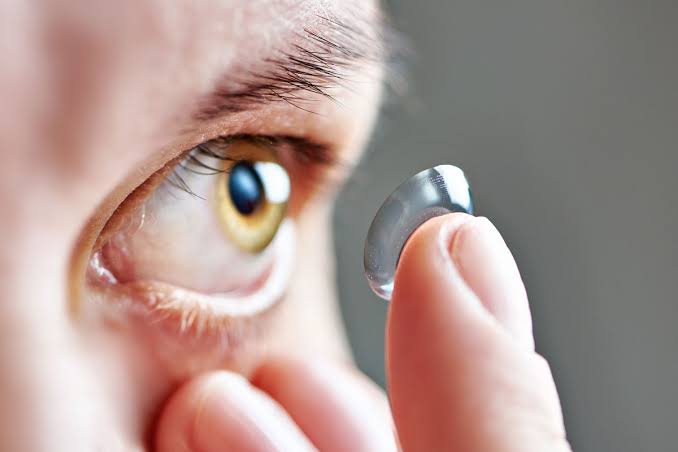National Times Bureau, August 11, 2025: For many, contact lenses are a practical and comfortable alternative to glasses. They eliminate the annoyance of fogged-up frames, reduce bulk, and offer a wider, unobstructed view. But behind the convenience lies a serious risk: without proper care, contact lenses can significantly increase the chances of eye infections some severe enough to cause vision loss.
The front surface of the eye, known as the cornea, is protected by a natural tear film rich in antimicrobial proteins. Contact lenses can disrupt this delicate defence, making the eye more vulnerable to harmful bacteria, fungi, and other microbes. Poor lens hygiene or improper use can tip the balance even further toward infection risk.
Wearing lenses can also lead to reduced blinking, which in turn causes dryness. Inserting or removing them may cause tiny scratches on the cornea, creating entry points for pathogens.
The Most Common Threat: Microbial Keratitis
Among lens wearers, microbial keratitis a serious corneal infection is one of the most common and dangerous conditions. Left untreated, it can lead to vision loss, scarring, or even blindness. Lenses can easily become contaminated with bacteria like Pseudomonas aeruginosa, fungi, and amoebas, especially when stored in unclean cases or rinsed with tap water. These microorganisms thrive in moist environments, including lens cases and water sources.
Four Common Habits That Increase Infection Risk
1. Poor hygiene – Not washing hands before touching lenses, using expired solutions, or topping off disinfecting solution instead of using fresh amounts.
2. Sleeping with lenses on – Unless designed for overnight wear, this reduces oxygen supply to the cornea and increases the risk of infection.
3. Wearing lenses while swimming or showering – Water exposure can introduce harmful microbes like Acanthamoeba, which are hard to treat and often cause lasting damage.
4. Excessive wearing time – The longer lenses stay on the eye, the greater the microbial buildup and potential for corneal damage.
How to Protect Your Eyes
The good news: most contact-lens-related infections are preventable. Follow strict hygiene practices, replace lenses and cases as advised, avoid water exposure, and stick to recommended wearing schedules. Regular eye check-ups can help detect early warning signs before they become serious problems.
Why Your Contact Lenses Could Be Harming Your Eyes And How to Prevent It

